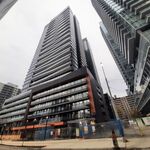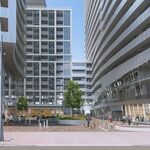The only thing I am after is answering the question of "How can we build a lot of transit quickly?", and if governments are not willing to fund that I don't mind if there is some "public public" investment going on. And what's the harm in say, an Ontario pension plan making money? It's not like its Blackrock.
We demand Ontario pensions make money; revenues don't cover expenses without significant investment growth. So I'm certainly not going to argue there's a harm in them making money.
A few points strictly from Ontario government perspective:
1. An operating liability counts as debt. Creditors see a required future payment as a liability regardless of the form it takes. We cannot side-step a credit rating downgrade by changing the name of the payment type (from bond interest to a guaranteed operating fee).
2. The fee private pensions require is higher than selling bonds. Ontario does not operate a pension fund, and cannot order them to take a lower return.
3. Due to #1, debt being debt, a higher rate reduces borrowing space. The bit that counts is interest payments vs revenue (or GDP, since revenue can be adjusted up if necessary).
In short, we can borrow over 2x the money at 3% as we can at 7%. This is why in Design-Build-Finance tenders, the government still tended to directly back the loans so the company seeking financing could get a better rate.
Chasing high interest money does not increase the amount available to build transit. The drop in interest rates between 2020 and 2022, however, significantly increased borrowing capacity and you may have noticed the Ford government jumped on it: tons and tons of 30 year bonds at ~1.5% rates were issued. Recent rate hikes are eventually going to make capital funding tight again.
It works for the Quebec Government because they're borrowing directly from themselves, it's one department effectively giving a loan to another department. I believe CPP is also the largest holder of Canada Bonds for a similar reason.




